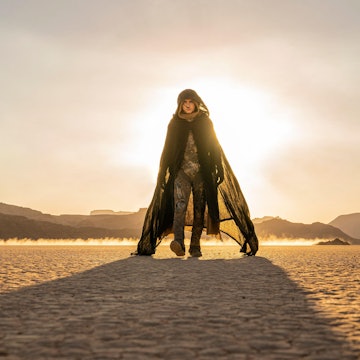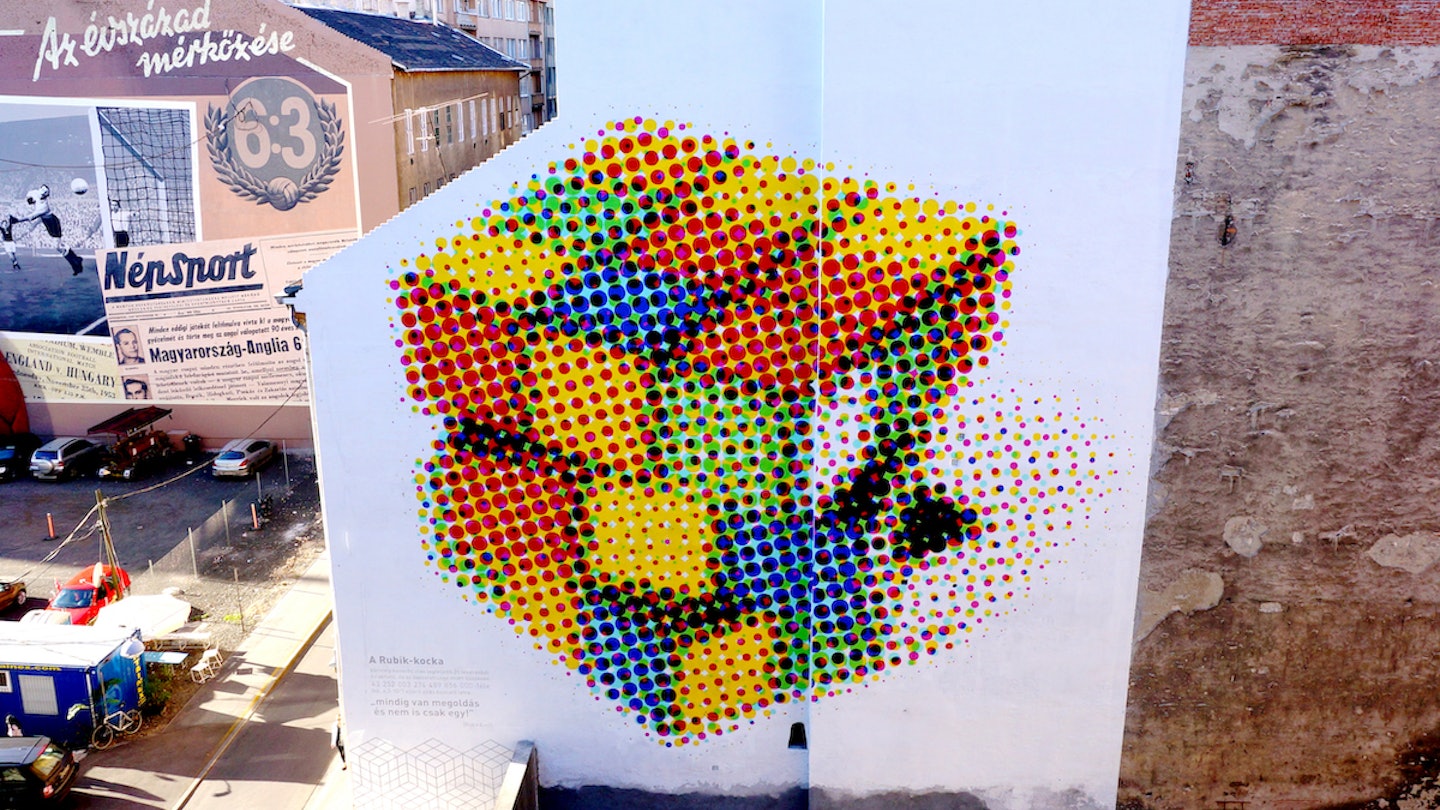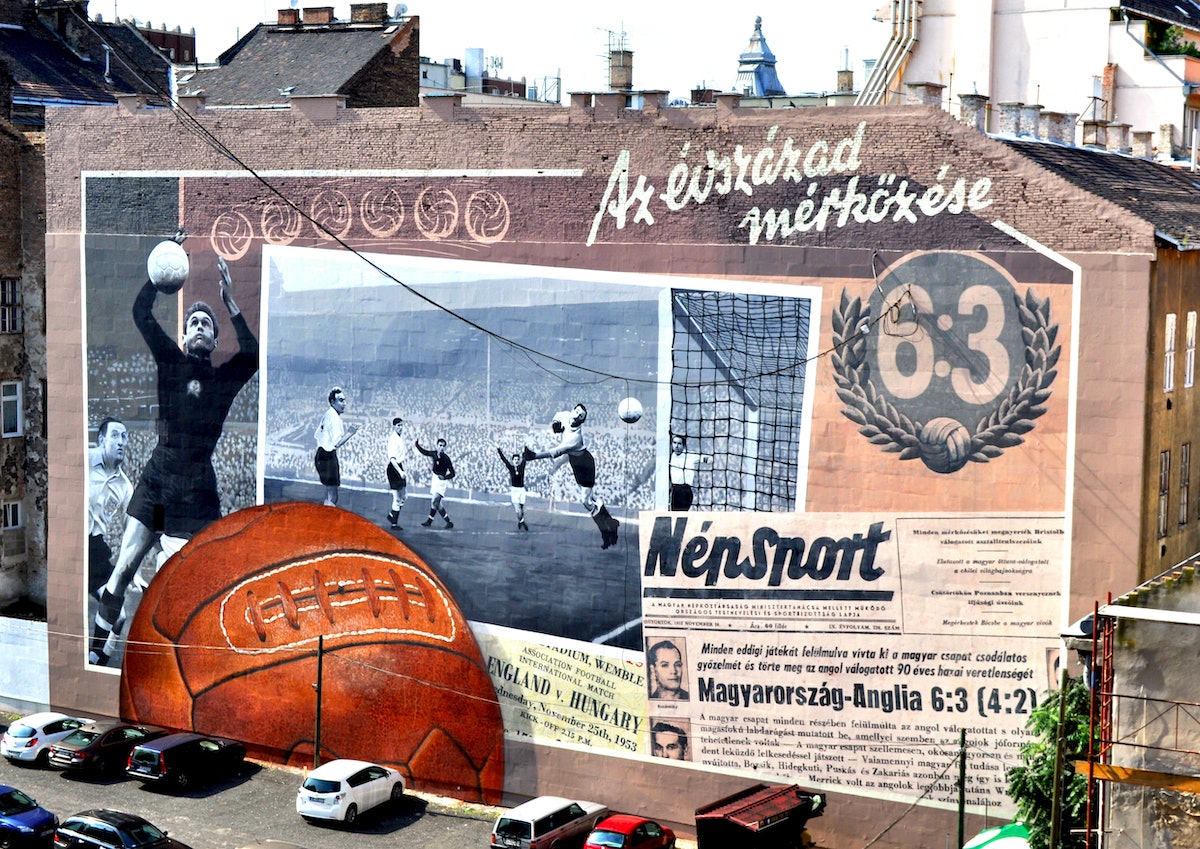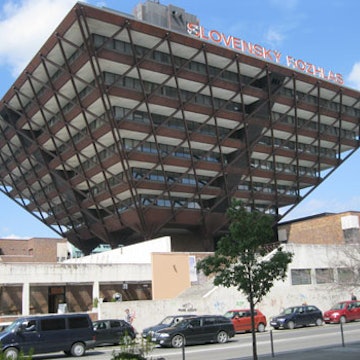

This colorful mural was created in 2014 to celebrate the 40th anniversary of Ernő Rubik’s famous cube © Neopaint
It's no surprise that a city as buzzing, random, and bohemian as Budapest is brimming with splendid street art. Beyond random illegal pop-up guerilla graffiti, the city consciously brightens up its walls with massive and mesmerizing murals and old firewalls serving as huge canvases, turning the capital into a captivating live urban art show. The Jewish Quarter (District VII) is arguably the central point of Budapest’s street art scene, with many of the city’s best murals concentrated in this area, within walking distance of each other.
This looped walking trail will help you discover Budapest's best street art, taking you to key works near some of the city's best sites.
A short history of street art in Budapest
Now one of the coolest neighborhoods to discover in Budapest, District VII has come a long way from a painful past. Once a walled-in ghetto, after World War II, many of the district’s buildings were dilapidated and left for ruins for decades to come. As part of recent gentrification and a conscious movement to revitalize this central area, Budapest commissioned artists from the world over to adorn rundown buildings with contemporary wall art, filling the district with new life and creative flair.
Urban groups like Neopaint and Színes Város (Colorful City Group) are constantly on the lookout for drab downtown walls and dazzling artists, which in Budapest, are a perfect match.

Sissy, Rumbach Sebestyén utca 11–13
The best place to start is at Deák Ferenc tér, where Metro lines 1, 2 and 3 converge. Walk through the big arch at Madács Imre tér and continue straight on until you reach Rumbach Sebestyén utca. Turn right and keep walking until you see the ornate Moroccan-style synagogue on your left. In front of you is your first mural stop.
District VII is called the Jewish Quarter, but the official name for this area is Erzsébetváros (Elizabeth Town). The name comes from Hungary’s favourite queen, the Habsburg royal Empress Elisabeth (Sisi or Sissy), who inspired this mural by Neopaint. On the first impression, it seems like a simple homage to the Austro-Hungarian empress – but upon closer inspection, you’ll see it’s really a love letter to the district. Sissy is the face of Erzsébetváros, the neighbourhood named after her, but if you look closely, the mural has a roll call of the most important street names in the district, with Rumbach Sebestyén utca, the street this mural is on, highlighted in yellow.

6:3 Match of the Century, Rumbach Sebestyén utca 6–10
Continue straight past the Sissy mural, and you’ll reach a parking lot to your right. Once you get here, turn back and look at the firewall for the next mural. This 1000-sq-m artwork, also by Neopaint, commemorates one of the most important games in Hungary’s soccer history, when the nation’s Golden Team with Ferenc Puskás defeated England 6:3 at Wembley Stadium in London.
Neopaint painted this gigantic mural in 2013 to celebrate the match’s 60th anniversary under the patronage of Gyula Grosics, the goalkeeper for the 1953 Golden Team. The mural depicts the iconic moment of Hungary’s epic win, alongside an entry ticket to the game and the front page of the newspaper the next day reporting the legendary match.
Rubik’s Cube, Rumbach Sebestyén utca 5
Keep walking past the parking lot and look at the next firewall to your left to find a huge painting that pays tribute to an iconic Hungarian invention that keeps the whole world puzzling to this day.
The mural was painted in 2014 to celebrate not only the 40th anniversary of the invention of the Rubik’s Cube but also the 70th birthday of its inventor, Ernő Rubik. Small, colorful circles in a posterized style create the image – a sort of visual puzzle itself, one that echoes Ernő Rubik’s motto “There is always a solution – and not just one.” These words are written on the mural in Hungarian in the bottom left corner.
Love Thy Neighbour, Dob utca 40
From Angel of Budapest, turn around and walk back until you reach number 40, where British artist Luke Embden painted a big red heart on the wall as a commission for the Colorful City Festival in 2016. Since the 2022 war in Ukraine broke out next door, the heart has been repainted in the colors of the Ukrainian flag, giving the mural’s title, Love Thy Neighbour, an even more relevant and poignant meaning.
At the end of the street, turn left onto Dob utca and walk until you reach number 40, where British artist Luke Embden painted a big red heart and left a message to revelers. The middle of the party district, where shot-fuelled nights can sometimes go wild: Love Thy Neighbour.
Since the 2022 war in Ukraine broke out next door, the heart has been repainted in the colours of the Ukrainian flag, making the mural’s title even more relevant and poignant.
Greengrocer, Dob utca 48
Continue along Dob utca, passing the square to your right, and you’ll see a vibrant street scene: an apartment block with a shop, several windows and balconies with people sitting outside and watering the plants. When you look closer, however, you’ll see it’s merely a mural.
Neopaint created this trompe l’oeil work in 2013 as one of its first murals for the Firewall Rehab project. Of all the group’s output, this mural has the strongest connection to the neighborhood because it depicts residents in the area – including “Aunt Zsuzsa,” who operated Lumen Grocery, which stood opposite this building when the work was painted but sadly no longer remains. When leak damaged the building in 2016, the collective soon repainted the much-loved mural.

Motivation is a Wonderland, Kertész utca 27
Walk past Greengrocer on Dob utca and turn right onto Kertész utca. Keep walking until you reach a parking lot to your left at no 27, where you’ll find a mural by Spaniard Dan Ferrer, whose work graces the streets of New York, Rome, Milan and London. He painted this piece in 2017 as part of the Colourful City Festival.
Ferrer said the message of this piece is that children are the future, full of potential and hope, and need to be nurtured with motivation. Borrowing from Alice in Wonderland, Dan depicted a distressed child with scarred skin and a tired gaze trapped in a house she has grown too big for. Elements from the original Alice in Wonderland story appear in this surreal mural, like the “eat me” cookies in the bottom left and the tiny door on the right.

Man of the Year, Wesselényi utca 40
Continue on Kertész utca past Motivation is a Wonderland to Wesselényi and then turn right and keep walking. Just before you cross Akácfa utca, turn around and you’ll see this painted firewall at no 40 on your left. It depicts a 1957 Time magazine cover featuring the Hungarian Freedom Fighter as the “Man of the Year.”
The local council commissioned this piece from Neopaint to mark the 60th anniversary of the magazine issue. During Hungary’s 1956 uprising against Soviet oppression, the “Boys of Pest” were young people – often adolescents – who fought fearlessly for their freedom and beliefs, standing strong against Soviet tanks. There’s a specific reason why this location was picked for this mural, and if you look carefully at the image, the background resembles the surrounding street. For it’s at this very intersection that freedom fighters József Jambrik and Sándor Merő were killed.
Angel of Budapest, Dob utca 4
Keep walking on Wesselényi utca until you reach Rumbach Sebestyén utca, then head back to Dob utca. At no. 4, Spanish artist Okuda San Miguel used a cavalcade of colors to commemorate the “Angel of Budapest,” the Spanish diplomat Ángel Sanz Briz, who rescued some 5000 Hungarian Jews from deportation to Auschwitz. The Jewish Quarter became a walled ghetto in 1944, caging in Jewish people before they were deported to camps.
This mural, around the corner from the Great Synagogue and within the perimeter of the onetime ghetto, is an amazing and colorful tribute to a man who saved many members of the Jewish community, perhaps even those who lived in the houses here on this street.
Turn right at the end of Dob utca, and you’ll be back to your starting point.














